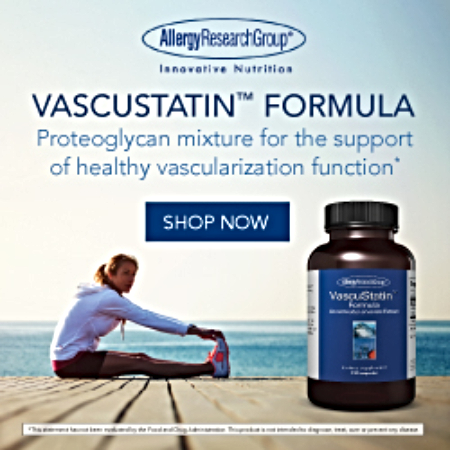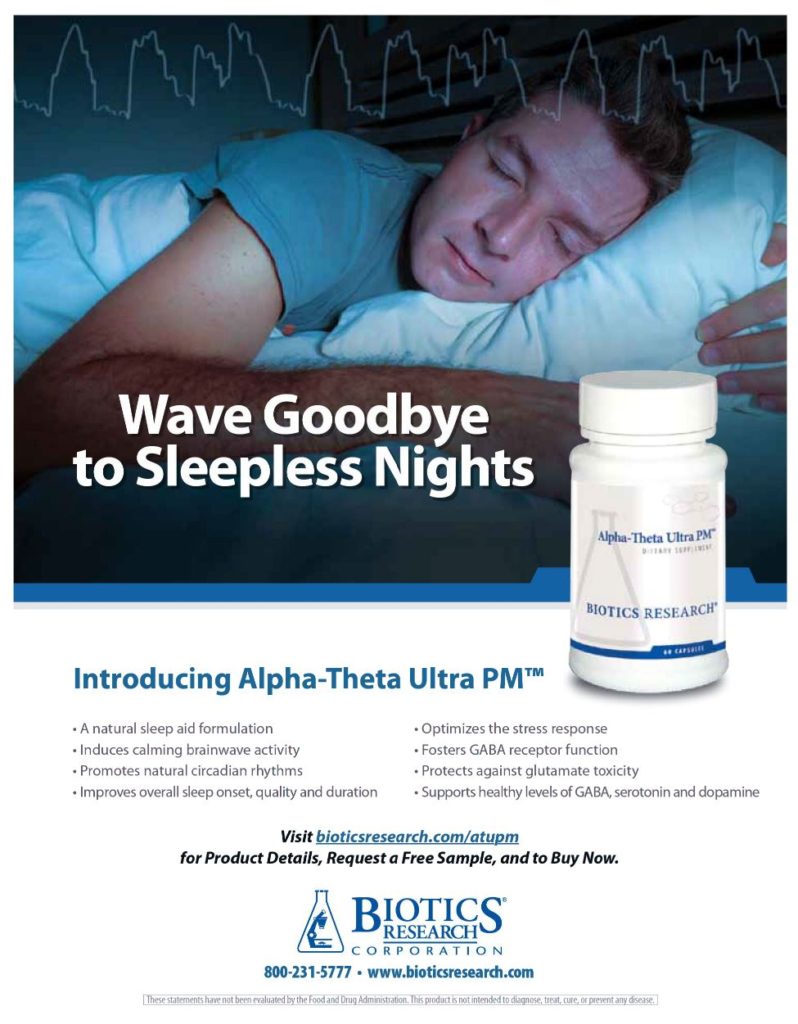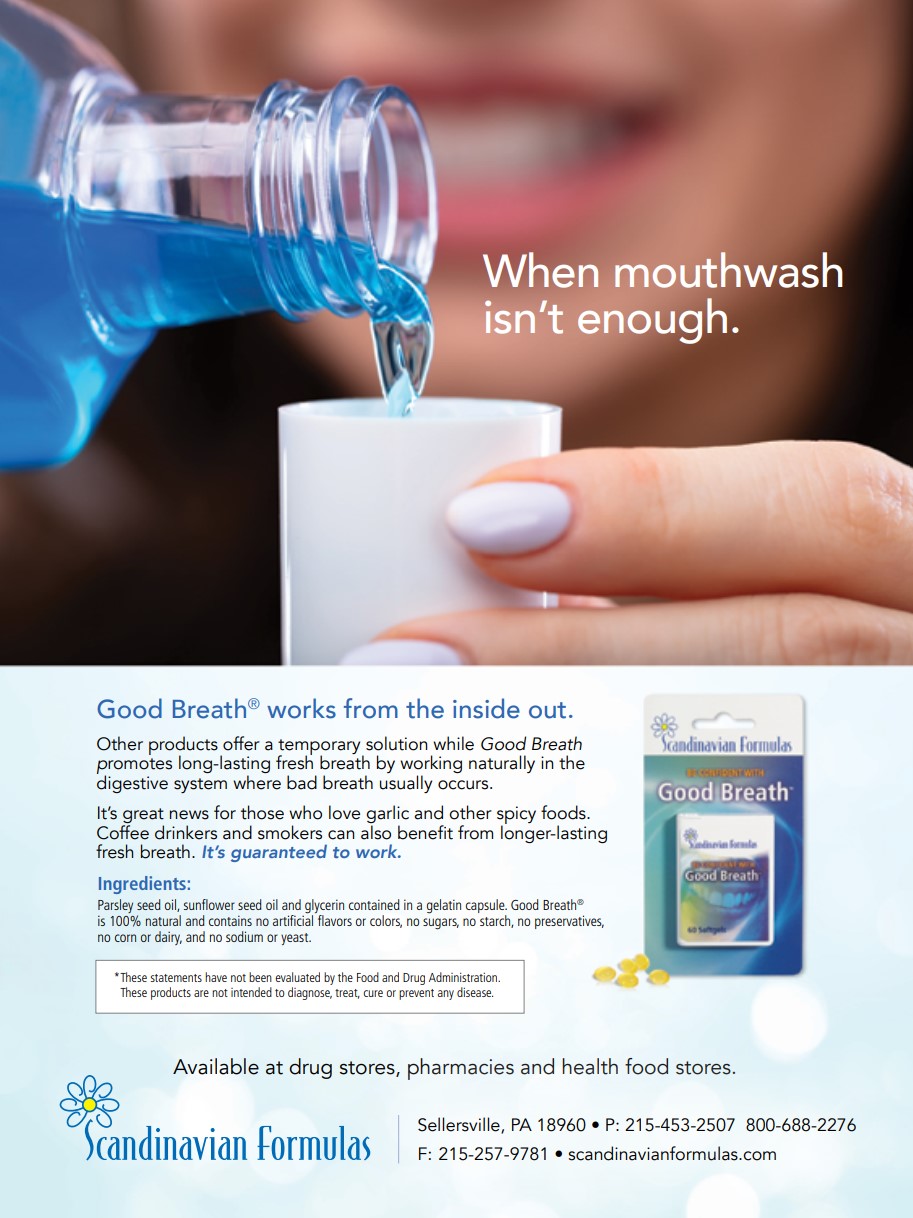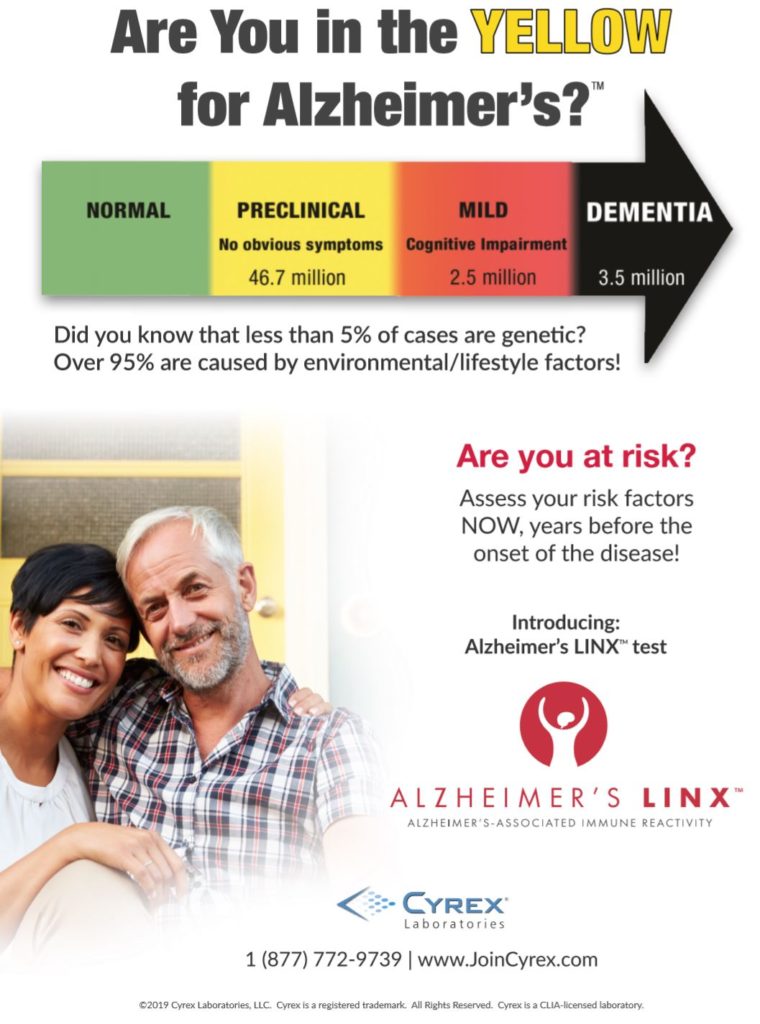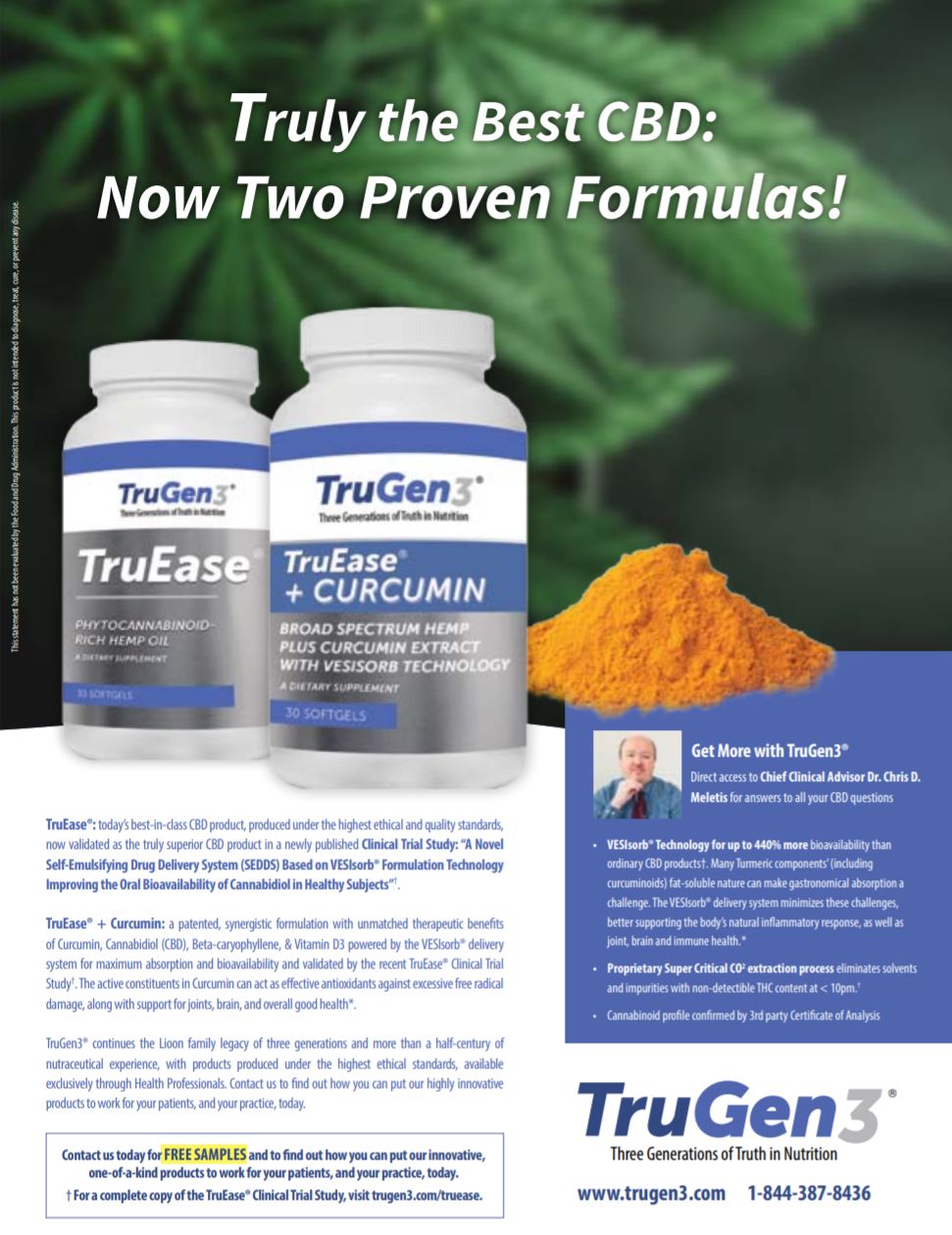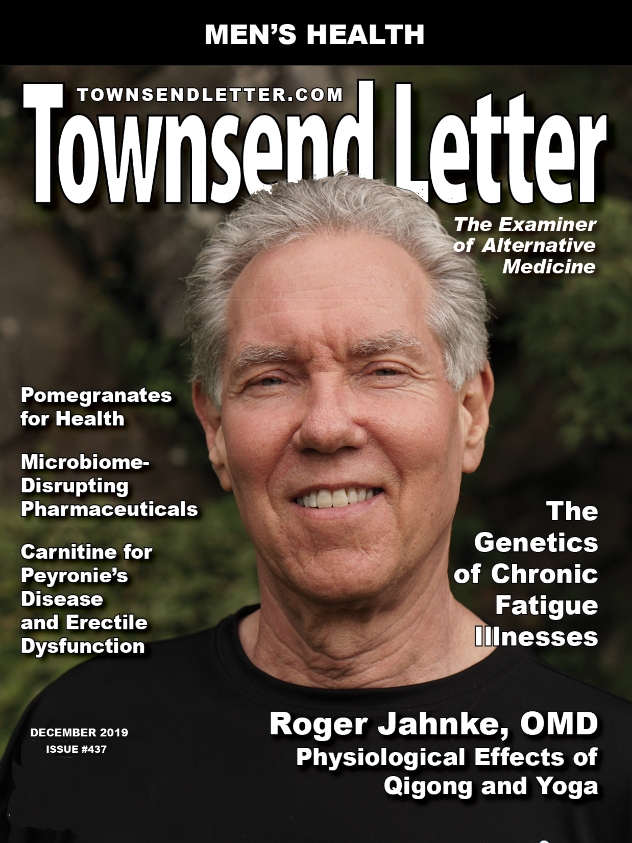By Jacob Schor, ND
I was sitting with a patient the other day, who came in for advice about his prostate cancer. We had already covered the rather long list of cancer-specific supplements he takes. Last on his list was a question about the multivitamin I had suggested a few years back and whether I still thought it his best choice. His question caused me to pause. A pause so long that it felt like when your computer screen freezes and you need to ‘force quit’ whatever you were doing. I didn’t know what to tell him.
I’m no longer sure whether prostate cancer patients should take a multivitamin.
A year ago, in an article on prostate cancer, I wrote, “Taking a multivitamin is safe and probably useful.” At the time, I cited the Physicians’ Health Study randomized trial of regular multivitamin use that reported a modest but significant (8%) reduction in total cancer incidence in men. The men with a history of prior cancer had a 27% reduction in total cancer during the study. Yet there had been significant effect on risk of prostate cancer.1
I am no longer sure that my thinking was accurate. Research results on nutrition and prostate cancer tend to be erratic and often conflict from one study to the next. In one study a nutrient appears helpful and another the same substance seems harmful. What’s good one day is bad the next.
This confusing situation was summed up in a review paper by Pao-Hwa Lin, William Aronson and Stephen Freedland published in 2017. They started by pointing out the obvious concern everyone is aware of with prostate cancer, that high doses of beta carotene may increase risk of getting prostate cancer. But in addition, they summed up a confusing series of other studies by stating that a “U” shape relationship may exist between folate, vitamin C, vitamin D and calcium with [prostate cancer] risk.”2
Rather than a straight-line dose response relationship these nutrients may trigger a hormetic response in which their effect on prostate cancer changes with dose, initially hindering growth but then at higher doses promoting growth.
Folate is a good example of how confusing this is. Recall first that researchers often make distinctions between dietary folate and total folate as these chemicals are not the same. “Folate is a naturally occurring water soluble B vitamin that is found as various polyglutamated forms in fruits, vegetables, and liver products. Folic acid is the synthetic, fully oxidized, monoglutamyl form of folate that is more stable and therefore used in dietary supplements and fortification of whole grains and cereals”3
Half a dozen years back the National Cancer Institute’s website suggested that folate is a possible protective factor that may decrease the risk of prostate cancer, while folic acid, the synthetic version of folate used to fortify foods and contained in supplements, is a nutrient that may increase the risk of prostate cancer. Their thinking goes back to the findings of the Aspirin/Folate Polyp Prevention Study4:
…a placebo-controlled randomized trial of aspirin and folic acid supplementation for the chemoprevention of colorectal adenomas… In a secondary analysis, the authors addressed the effect of folic acid supplementation on the risk of prostate cancer….Supplementation with 1 mg of folic acid was associated with an increased risk of prostate cancer. However, dietary and plasma levels among non-multivitamin users were inversely associated with risk.3
If we look at recent research on folate and prostate cancer, we find three meta-analysis that will only serve to confuse us. Two of them reported that dietary folate was not associated with risk of prostate cancer. Yet in 2013, Collin reported that folate levels were positively associated with an increased risk of prostate cancer. (five studies, OR = 1.18; 95% CI 1.00, 1.40; P = 0.02).6 Tio and colleagues reported in 2014 on the results of their own meta-analysis that looked at folate blood levels and also dietary folate intake. They found no statistically significant association between dietary folate (15,336 cases, 11 studies) [OR of 0.97 (95% CI 0.89-1.06)]. Nor did they find an association with total folate (5 studies, 7,114 cases) [OR of 0.99 (95% CI 0.82-1.19)]. However, they did find a significant association when they examined blood folate measurements (7 studies, 6,122 cases) [OR of 1.43 (95% CI 1.06-1.93)]. One might sum this up as that it didn’t matter how much folate one ate as food or swallowed as pills, but only the folate that stayed in the blood was what made the difference.7
A third meta-analysis, published in 2014 by Wang et al, also found no association between dietary intake and risk, but it did report that serum folate was positively associated with risk of prostate cancer (RR = 1.21; 95% CI = 1.05-1.39; P = 0.008).8
A 2014 California randomized controlled trial (RCT) was more relevant as it reported on folate’s impact on disease recurrence risk in men already treated for prostate cancer. In general, there was no impact from dietary or total folate, well except in the men who had been treated with surgery, and who had low folate intake; they had a 2.6-fold increase in the risk of recurrence (HR 2.56, 95% CI 1.23-5.29, p = 0.01). This association was not seen in men treated with radiation therapy.9
How do we translate that into patient instructions? If you’ve had prostate surgery be careful, but if you were treated by radiation, go ahead, eat all the folate you want?
Not all the research suggests folate supplements are bad; Roswell’s 2013 study on micronutrients and prostate cancer risk, done in a prospective cohort of Danish men, reported that folate supplements were associated with a significant decrease in risk, [HR 0.88 (95 % CI 0.79-0.98) per 100 μg increase/day].10 We should remember the obvious, that disease prevention does not inform us about risk of disease recurrence in men already treated or disease progression in men following a “wait and watch” routine.
Of course, some multivitamin manufacturers have switched their folate ingredients from folic acid to more exotic forms and at this point we have little outcome data to inform opinions about what they will do to prostate cancer. Nor do we have adequate data to tell us whether we are looking at a U-shaped hermetic curve.
Someday the research may determine which man might benefit from folate supplements and give us a target blood level to aim for. But what do we do until we have that knowledge? Is the variation in response to folate due to genetics, dosing, or some other factor? That phrase about primum non nocere, while not Hippocratic in origin, still resonates with me. I want to avoid anything that might increase risk.
Vitamin D is probably the best example for which conflicting data might be best explained by a hormetic U-shaped curve of dose response. We’re all familiar with the studies that look at circulating vitamin D levels and prostate cancer risk. Nelson reported in 2017 that D deficiency (<20 ng/ml) is associated with triple the risk for aggressive prostate cancer in African American men.11
Then there are the papers that report higher vitamin D levels are associated with lower risk for prostate cancer, lower disease severity12-15 and lower cancer specific mortality. We are all familiar with these and other arguments in support of what most would consider a no-brainer idea, that men with prostate cancer should take lots of vitamin D.
The problem is that not all studies have lent weight to this idea. We don’t like to talk about the studies that don’t support what we believe. If we acknowledge them at all, it is to find fault. When examined by Chandler et al, the expected impact of vitamin D supplements on PSA levels was not found.16 Nor did Skaaby et al17 or Holt et al18 find associations between vitamin D levels and prostate cancer risk. Gupta et al reported no association between vitamin D levels in 125 newly diagnosed stage-4 prostate cancer patients and their survival times.19 Nor did Sawada’s 2017 case control study find vitamin D status associated with fatal prostate cancer.20
Some studies have reported a positive association between D status and prostate cancer risk. In 2014 Wong et al reported that in older men, lower vitamin D status was associated with lower risk of prostate cancer.21 We should note clearly that in a 2014 meta-analysis, Xu et al reported a “… significant positive relationship between high level of 25-hydroxyvitamin D and increased risk of prostate cancer.”22 That is the opposite of what we expected to read. Meyer et al’s report is similar, that high vitamin D was associated with greater cancer specific mortality in this same cohort.23
The conflicting outcomes with vitamin D may possibly be the result of a hormetic effect creating a U-shaped relationship making it difficult to determine the optimal dose range for vitamin D when it comes to prostate cancer prevention and control.
There’s a 2014 paper by Kristal et al that is worth our attention because in their findings, “Both low and high vitamin D concentrations were associated with increased risk of prostate cancer, and more strongly for high-grade disease.”24 These findings were remarkably similar to the earlier 2004 report by Tuohimaa et al that suggested an optimal range for prostate cancer prevention between 40-60 nmol/l (16-24 ng.ml).25 Of course these numbers are far below those often suggested by most practitioners.
Changing the topic slightly just, for a moment, we should note that a 2016 paper on vitamin D and heart disease reported a similar U-shaped curve in survival times with vitamin D, in which both low and high D levels were associated with an increased risk of death. Vitamin D levels <10 ng/ml or >30 ng/ml tripled risk of mortality during the study interval.26
Granted, there are ardent proponents of the idea that more is better when it comes to vitamin D who find counter explanations for these reported U-shaped D response curves,27 but the striking contrast with what the research is suggesting and what many of us suggest to our patients, gives me pause. Until we have more certain data that our interventions don’t actually cause harm, shouldn’t we be more cautious? Is it good practice to dose every man with vitamin D?
If I decide to treat prostate cancer patients with vitamin D, it is because we have a suboptimal blood level reported on a lab test and my goal is to reach the top of the U-curve, a point that may vary over time as research is published.
I’ve wandered off topic; let me steer us back to the initial question on multivitamins. It’s unclear at this point that men with prostate cancer or at risk for recurrence will benefit from folate supplementation. There are other vitamins contained in multis that also concern me.
Remember how antioxidant micronutrients, in particular vitamin E and vitamin C, were going to be the cure for most everything?28 Some of you may be too young to recall this era. Well for any of you older folks who haven’t been paying attention, randomized trials have done little to support this old notion.
Lippman et al reported in 2009 that in their “large, long-term trial of male physicians, neither vitamin E nor C supplementation reduced the risk of prostate or total cancer.”29 Nor by the way did similar doses of vitamin E decrease risk of heart disease in women.30
The data on vitamin E in particular is no more straightforward than that on folate or vitamin D. Epidemiological studies and animal studies suggested that vitamin E would be protective against prostate cancer, but human studies have failed to confirm this. Several large-scale intervention trials have yielded such disappointing results that the authors of one 2016 study wrote, “Whether vitamin E prevents or promotes cancer is a serious concern.”31 This is clearly not a “might help, won’t hurt” situation.
Wang et al reported in 2014 that in analyzing data from the Physicians’ Health Study II that taking 400 IU of vitamin E every other day and 500 mg of vitamin C daily had no effect on risk for cancer and specifically for prostate cancer.32
Yet in a large-scale trial in which over 29,000 smokers received what we would consider a very low dose of vitamin E (about 75 IU/day), supplementation was associated with lower risk of prostate cancer in general but with some rather complex clarifications.
Impact varied with body mass index (BMI) of the participants. Relative risk dropped 13% in overweight men [0.87 (95% CI, 0.77-0.98)], but appeared to increase risk in obese men [1.25 (95% CI, 1.01-1.55)]. Taking low dose vitamin E was also associated with a lower risk of dying from prostate cancer after the trial was over (RR, 0.84; 95% CI, 0.70-0.99).33
In the realm of nutrient supplementation,
more is not necessarily better.
But then we have the frightening results from the Selenium and Vitamin E Cancer Prevention Trial (SELECT) in which high dose vitamin E significantly increased risk of prostate cancer, and it looked as if vitamin E also increased the risk of high-grade disease. When Klein et al reported their results in 2011, men randomized to take vitamin E had a 17% greater risk of prostate cancer than those taking placebo. For those perhaps too young to remember this trial, it was quite large, with over 35,000 men randomized to take vitamin E, selenium, both or placebo, for an extended period.34,35
This is starting to sound like hormesis again. Low doses in the range of 75 IUs per day might provide benefit and slightly higher doses, 200 IU/day, did nothing and the 400 IU/day in the SELECT Trial were associated with trouble. We’ve been operating on the theory that more is better when it comes to E for a long time.
Now there are valid-seeming arguments that the particular form of vitamin E supplemented may make a difference but given the poor track record to date of predicting effects, I am becoming increasingly hesitant to bet on any particular theory until there is some compelling human evidence.
Let us assume that for many readers this sort of detailed study-by-study review gets tedious to read. (Certainly, writing this is proving to be something of a marathon.) So, let me skip over and simply say there is also good reason to believe that the effect of calcium on prostate cancer also varies with dose. And perhaps selenium.36
If this is the case, that many of the nutrients in multivitamins have hormetic action on prostate cancer, how do we know what the right dose should be? Too little could be a problem but so could too much. Could men already be getting adequate doses via their diet of these nutrients?
Let’s back up a step further and wonder where we got the idea that treating cancer with nutrient supplementation is a good idea. Cancer in general is a disease of excess nutrition. Caloric restriction lowers cancer risk and obesity increases it. Isn’t taking a multi kind of like an excess in nutrition? Wouldn’t it make more sense for cancer cells to go hungry than to force feed them with the nutrients needed to divide and grow? Why is it that we even believe that more nutrients the better?
This probably is left over from a time and a world where most people were both calorie-deprived and nutrient lacking. In that sort of world supplying missing vitamins and minerals could likely have near miraculous effect. Supplementation to those with deficiency historically has cured many diseases. Perhaps that era has passed us by. These days when major foods are fortified and most of our patient populations are amply fed, deficiency is not a common problem as it was in our profession’s earlier years.
We could end the article here, but I would be remiss if I neglected to mention the recent study on vitamin supplements published in the Annals of Internal Medicine in May 2019, while I was ruminating on this prostate and multivitamin question.37
Fan Chen and a group of American researchers from Harvard and Tufts Universities evaluated the association among dietary supplement use, levels of nutrient intake from foods and supplements, and mortality among US adults. They followed a cohort of 30,899 US adults for a median of 6.1 years during which time there were 3613 deaths including 945 CVD deaths and 805 cancer deaths among the group. Adequate intake “… of vitamin A, vitamin K, magnesium, zinc, and copper was associated with reduced all-cause or CVD mortality, but the associations were restricted to nutrient intake from foods. Excess intake of calcium was associated with increased risk for cancer death…and the association seemed to be related to calcium intake from supplements…rather than foods.”
The bottom line was that “Use of dietary supplements is not associated with mortality benefits among U.S. adults.”37 Taking a multi doesn’t change your risk of dying. Well, duh, that didn’t come our right. You are not going to live any longer if you take a multi. Taking a multivitamin didn’t seem to make a difference. Eating well enough to get minimum RDAs does make a difference.
Admitting this change of
thinking doesn’t come easy, but at this point I’m not seeing a compelling
argument for men with prostate cancer to take multis. I’m still hoping that someone will tell me
why I’m wrong.

Jacob Schor is a 1991 graduate of National College of Naturopathic Medicine in Portland, Oregon, and practiced in Denver, Colorado, until June of 2019. He also has a BS degree in food science from Cornell University in Ithaca, New York. This earlier training in food chemistry and nutrition has influenced and informed his approach to naturopathic medicine throughout his career as a naturopathic doctor. He is a past president of the Colorado Association of Naturopathic Physicians and the Oncology Association of Naturopathic Physicians and also served on the board of directors of both associations as well as the American Association of Naturopathic Physicians. He is an associate editor for the Natural Medicine Journal and a regular contributor to the Townsend Letter.
References
- Gaziano JM, et al. Multivitamins in the prevention of cancer in men: the Physicians’ Health Study II randomized controlled trial. JAMA. 2012 Nov 14;308(18):1871-80.
- Lin PH, Aronson W, Freedland SJ. An update of research evidence on nutrition and prostate cancer. Urol Oncol. 2017 Nov 3. pii: S1078-1439(17)30536-7.
- Rycyna KJ, Bacich DJ, O’Keefe DS. Opposing roles of folate in prostate cancer. Urology. 2013;82:1197–203.
- Figueiredo JC, et al.: Folic acid and risk of prostate cancer: results from a randomized clinical trial. J Natl Cancer Inst. 101 (6): 432-5, 2009.
- National Cancer Institute. PDQ Prostate Cancer Prevention. Bethesda, MD: National Cancer Institute; Date last modified 03/29/2012. Available at: http://www.cancer.gov/cancertopics/pdq/ prevention/prostate/healthprofessional
- Collin SM. Folate and B12 in prostate cancer. Adv Clin Chem. 2013;60:1–63.
- Tio M, et al. Folate intake and the risk of prostate cancer: a systematic review and meta-analysis. Prostate Cancer Prostatic Dis. 2014;17:213–9.
- Wang R, et al. Folate intake, serum folate levels, and prostate cancer risk: a meta-analysis of prospective studies. BMC Public Health. 2014 Dec 29;14:1326.
- Tomaszewski JJ, et al. Impact of folate intake on prostate cancer recurrence following definitive therapy: data from CaPSURE. J Urol. 2014;191:971–6.
- Roswall N, et al. Micronutrient intake and risk of prostate cancer in a cohort of middle-aged, Danish men. Cancer Causes Control. 2013;24:1129–35.
- Nelson SM, et al. Association between serum 25-hydroxy-vitamin D and aggressive prostate cancer in African American men. Nutrients. 2016;9:pii: E12. http//dx.
- Deschasaux M, et al. A prospec- tive study of plasma 25-hydroxyvitamin D concentration and prosate cancer risk. Br J Nutr. 2016;115:305–14.
- Galunska B, et al. Serum 25- hydroxy vitamin D levels in Bulgarian patients with prostate cancer: a pilot study. Clin Lab. 2015;61:329–35.
- Schenk JM, et al. Serum 25-hydroxyvitamin D concentrations and risk of prostate cancer: results from the Prostate Cancer Prevention Trial. Cancer Epidemiol Biomarkers Prev. 2014;23:1484–93.
- Schwartz GG. Vitamin D in blood and risk of prostate cancer: les- sons from the Selenium and Vitamin E Cancer Prevention Trial and the Prostate Cancer Prevention Trial. Cancer Epidemiol Biomarkers Prev. 2014;23:1447–9.
- Chandler PD, et al. Null association between vitamin D and PSA levels among black men in a vitamin D supplementation trial. Cancer Epidemiol Biomarkers Prev. 2014;23:1944–7.
- Skaaby T, et al. Prospective popula- tion-based study of the association between serum 25-hydroxyvita- min-D levels and the incidence of specific types of cancer. Cancer Epidemiol Biomarkers Prev. 2014;23:1220–9.
- Holt SK, et al. Circulating levels of 25-hydroxyvitamin D and prostate cancer prognosis. Cancer Epidemiol. 2013;37:666–70.
- Gupta D, et al. The association between pre-treatment serum 25-hydroxyvitamin D and survival in newly diagnosed stage IV prostate cancer. PLoS One. 2015;10:e0119690.
- Sawada N, et al. Plasma 25-hydroxy vitamin D and subsequent prostate cancer risk in a nested case-control study in Japan: The JPHC study. Eur J Clin Nutr. 2017;71:132–6.
- Wong YY, et al. In older men, lower plasma 25-hydroxyvitamin D is associated with reduced incidence of prostate, but not colorectal or lung cancer. PLoS One. 2014;9:e99954.
- Xu Y, et al. Positive association between circulating 25-hydroxyvitamin D levels and prostate cancer risk: new findings from an updated meta-analysis. J Cancer Res Clin Oncol. 2014;140:1465–77.
- Meyer HE, et al. Long-term association between serum 25-hydroxyvitamin D and mortality in a cohort of 4,379 men. PLoS One. 2016;11:e0151441.
- Kristal AR, et al. Plasma vitamin D and prostate cancer risk: results from the Selenium and Vitamin E Cancer Prevention Trial. Cancer Epidemiol Biomarkers Prev. 2014;23:1494–504.
- Tuohimaa P, et al. Both high and low levels of blood vitamin D are associated with a higher prostate cancer risk: a longitudinal, nested case-control study in the Nordic countries. Int J Cancer. 2004 Jan 1;108(1):104-8.
- Aleksova A, et al. U-shaped relationship between vitamin D levels and long-term outcome in large cohort of survivors of acute myocardial infarction. Int J Cardiol. 2016 Nov 15;223:962-966.
- Grant WB. Critique of the U-shaped serum 25-hydroxyvitamin D level-disease response relation. Dermatoendocrinol. 2009 Nov;1(6):289-93.
- Ames BN. Dietary carcinogens and anticarcinogens: oxygen radicals and degenerative diseases. Science. 1983;221:1256–64.
- Lippman SM, et al. Effect of selenium and vitamin E on risk of prostate cancer and other cancers: the Selenium and Vitamin E Cancer Prevention Trial (SELECT). JAMA. 2009;301:39–51.
- Lee IM, et al. Vitamin E in the primary prevention of cardiovascular disease and cancer: the Women’s Health Study: a randomized controlled trial. JAMA. 2005;294:56–65.
- Wang H, Hong J, Yang CS. δ-Tocopherol inhibits receptor tyrosine kinase-induced AKT activation in prostate cancer cells. Mol Carcinog. 2016 Nov;55(11):1728-1738.
- Wang L, et al. Vitamin E and C supplementation and risk of cancer in men: posttrial follow-up in the Physicians’ Health Study II randomized trial. Am J Clin Nutr. 2014;100:915–23.
- Virtamo J, et al. Effects of alpha-tocopherol and beta-carotene supplementation on cancer incidence and mortality: 18-year postintervention follow-up of the alpha-tocopherol, beta-carotene Cancer Prevention Study. Int J Cancer. 2014;135:178– 85.
- Klein EA, et al. Vitamin E and the risk of prostate cancer: the Selenium and Vitamin E Cancer Prevention Trial (SELECT). JAMA. 2011;306:1549–56.
- Albanes D, et al. Plasma tocopherols and risk of prostate cancer in the Selenium and Vitamin E Cancer Prevention Trial (SELECT). Cancer Prev Res (Phila). 2014;7:886–95.
- Zhang L, Zeng H, Cheng WH. Beneficial and paradoxical roles of selenium at nutritional levels of intake in healthspan and longevity. Free Radic Biol Med. 2018 Nov 1;127:3-13.
- Chen F, et al. Association Among Dietary Supplement Use, Nutrient Intake, and Mortality Among U.S. Adults: A Cohort Study. Ann Intern Med. 2019 Apr 9.


